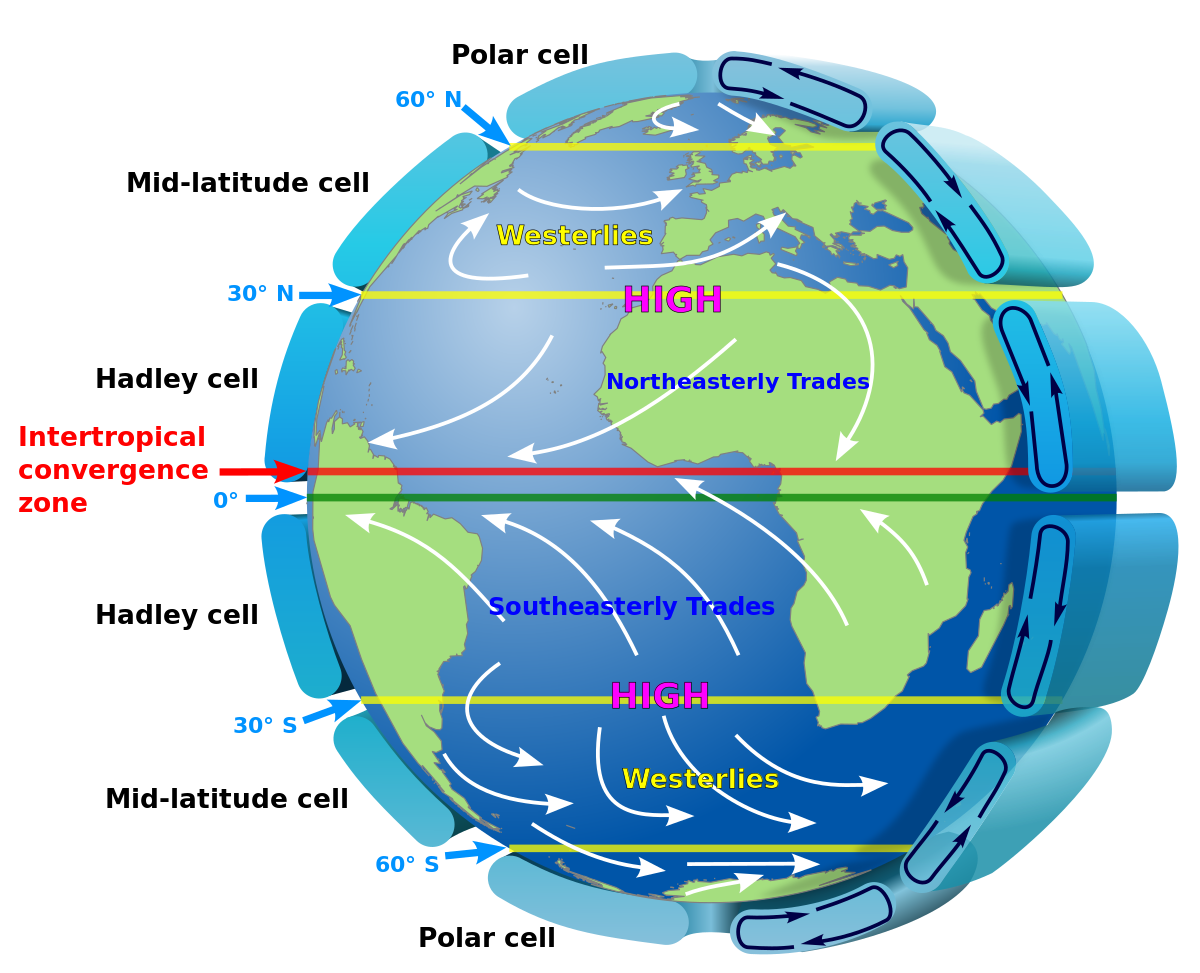{Note: this topic is not about Climate Change, Global Warming, or Greenhouse Gases}
They claim we just got "blasted" again here in the NE with another "polar vortex" and that it will likely happen again within the coming weeks before winter mercifully goes away. Local reaction sounds like, "I just planted two hundred petunias. Sure hope they survive!" Meanwhile, stuck back inside again, I just ponder the term "polar vortex" itself. One of these terms that's always struck me as plain wrong. To me, it suggests Daniel Day-Lewis, from
There Will Be Blood, as The North Pole dipping a straw from his milkshake into our warm weather and blowing it all away instead of sucking it up -or- Old Man Winter competing with the Sun to get some guy to put his coat back on.
Anyway, here's the problem. Hot goes to cold, not vice-versa. Always. Scientifically verifiable fact. Cold sucks heat from your body causing you to shiver. You heat your home in winter to replace to the warmth bleeding out of it into the colder environment, not because cold air is getting in through the same openings as commonly described.
Heat flux, never cold flux.
Similarly, these "polar vortices" are commonly presented as coming out of the Arctic or Antarctic. Example:
Note how "the stratosphere" magically "warms up" apparently with no further explanation called for. Could it just be due to more spring Sun? If so, how come this sort of thing is now going on in the fall, all winter long, and well into the spring?







